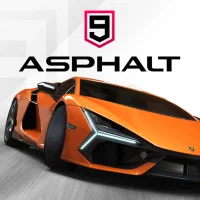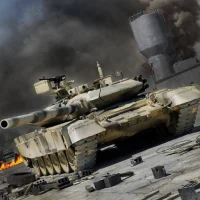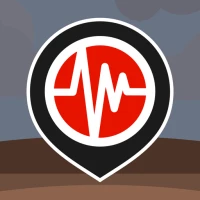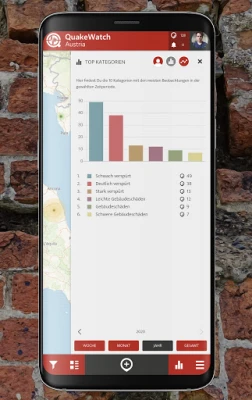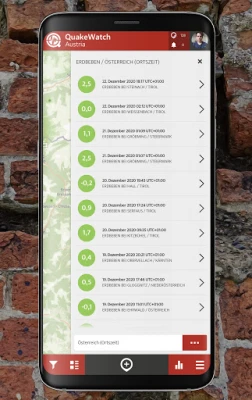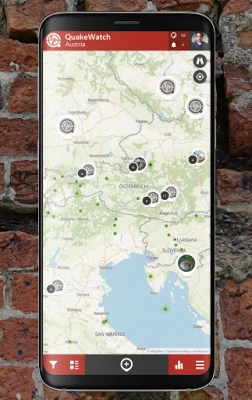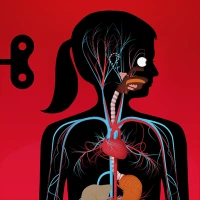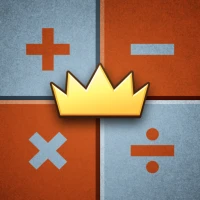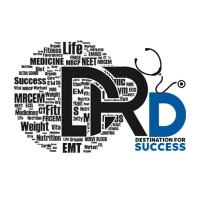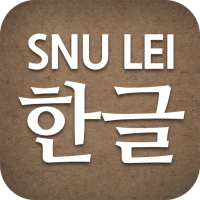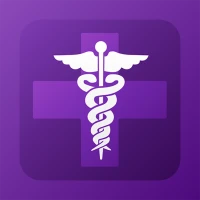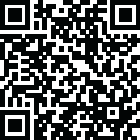
Latest Version
November 19, 2025
SPOTTERON
Education
Android
0
Free
com.spotteron.quakewatchaustria
Report a Problem
More About QuakeWatch Austria | SPOTTERON
QuakeWatch Austria: Enhancing Earthquake Research Through Citizen Science
QuakeWatch Austria represents a significant advancement in the realm of Citizen Science, aiming to engage a broader segment of the population in earthquake research. This initiative focuses on the rapid and accurate collection of earthquake perceptions and impacts within Austria. By harnessing community input, QuakeWatch Austria seeks to improve the assessment of risks associated with future seismic events.
Understanding Earthquake-Prone Regions
Earthquakes occur when built-up tensions in the Earth's crust are suddenly released, primarily due to the movement of tectonic plates. In Europe, the tectonic stress field is largely influenced by the Adriatic Plate, which is drifting northward and colliding with the Eurasian Plate. This collision has led to the uplift of the Alps, a region closely associated with seismic activity.
Earthquake Frequency in Austria
On average, the Austrian population experiences approximately 40 earthquakes per year, translating to about three seismic events each month. While most of these tremors are mild and felt as noticeable shaking, there is a significant risk of minor structural damage from stronger earthquakes occurring every two to three years. Severe damage to buildings, classified as intensity greater than 8 on the EMS scale, is much rarer, with an average recurrence interval of around 75 years.
The Role of Citizen Science in Earthquake Monitoring
QuakeWatch Austria utilizes the SPOTTERON Citizen Science platform, making it accessible for anyone interested in contributing to earthquake research. The app is available for free download, allowing users to report their experiences during seismic events. This grassroots approach not only enriches the data collected but also fosters a sense of community involvement in scientific research.
Benefits of Community Engagement in Seismology
Engaging citizens in earthquake monitoring offers numerous advantages:
- Enhanced Data Collection: By gathering firsthand accounts of seismic activity, researchers can obtain a more comprehensive understanding of earthquake impacts across different regions.
- Increased Awareness: Involving the public in earthquake research raises awareness about seismic risks and preparedness, ultimately leading to a more informed populace.
- Real-Time Reporting: Citizen reports can provide immediate insights into earthquake effects, aiding emergency response teams in assessing damage and deploying resources effectively.
How to Get Involved with QuakeWatch Austria
Participating in QuakeWatch Austria is simple and straightforward. Here’s how you can contribute:
- Download the App: Access the SPOTTERON platform and download the QuakeWatch Austria app from your device’s app store.
- Report Your Experience: After feeling an earthquake, use the app to report your experience, including details such as the intensity and duration of the tremor.
- Stay Informed: Follow updates and findings from QuakeWatch Austria to learn more about seismic activity in your area and how your contributions are making a difference.
Conclusion: A Collective Effort for Safer Communities
QuakeWatch Austria exemplifies the power of Citizen Science in enhancing our understanding of earthquakes and their effects. By involving the community in data collection and research, we can improve our preparedness for future seismic events and ultimately create safer environments for all. Join the movement today and make your voice heard in the world of earthquake research!
Rate the App
User Reviews
Popular Apps



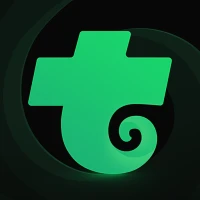


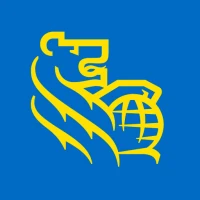
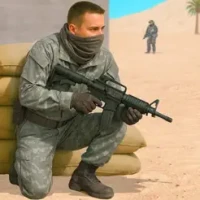
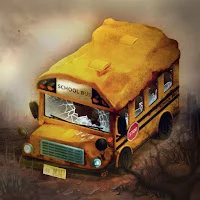

Editor's Choice








